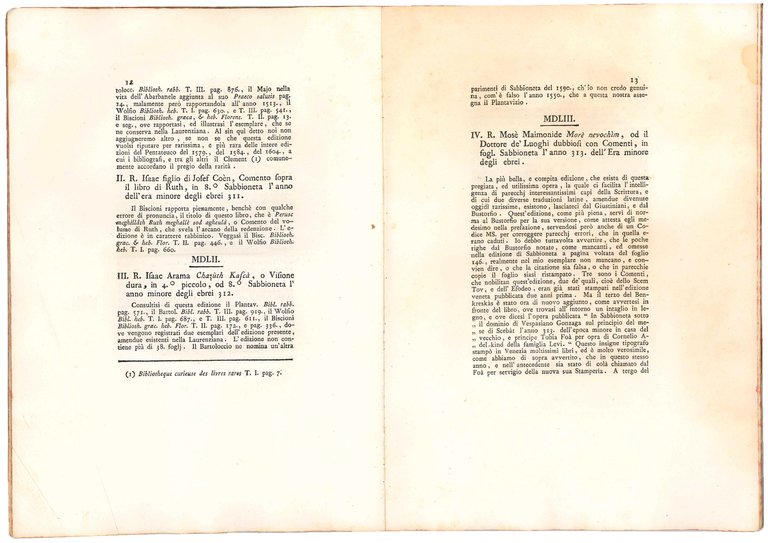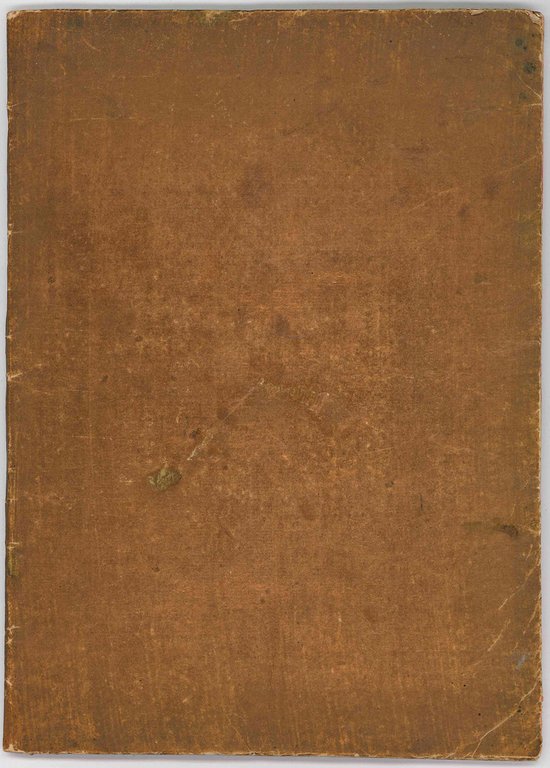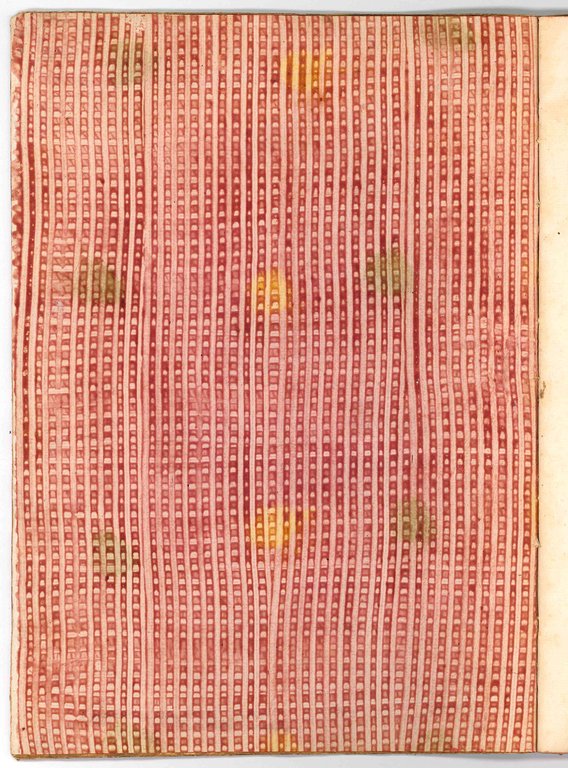



Livres anciens et modernes
DE ROSSI, Giovanni Bernardo (1742-1831)
Annali ebreo-tipografici di Sabbioneta sotto Vespasiano Gonzaga distesi, ed illustrati dal dottore Giambernardo De-Rossi [...]
Filippo Carmignani, 1780
pas disponible
Govi Libreria Antiquaria (Modena, Italie)
Demander plus d'informationsLes frais d'expédition corrects sont calculés une fois que l'adresse de livraison a été indiquée lors de la création de la commande. Un ou plusieurs modes de livraison sont disponibles à la discrétion du vendeur : standard, express, economy, in store pick-up.
Conditions d'expédition de la Librairie:
Pour les articles dont le prix est supérieur à 300 euros, il est possible de demander un plan de paiement échelonné à Maremagnum. Le paiement peut être effectué avec Carta del Docente, Carta della cultura giovani e del merito, Public Administration.
Les délais de livraison sont estimés en fonction du temps d'expédition de la librairie et de la livraison par le transporteur. En cas de retenue douanière, des retards de livraison peuvent survenir. Les frais de douane éventuels sont à la charge du destinataire.
Pour plus d'informationsMode de Paiement
- PayPal
- Carte bancaire
- Virement bancaire
-
-
Découvrez comment utiliser
votre Carta del Docente -
Découvrez comment utiliser
votre Carta della cultura giovani e del merito
Détails
Description
First separate edition. De Rossi's Annali ebreo-tipografici di Sabbioneta (‘Jewish Typographical Annals of Sabbioneta') was published by Carmignani both as an appendix (pp. [137]-167) to the life of Vespasiano Gonzaga by Ireneo Affò (1741-1797) and as a separate edition. It was also reprinted in Erlangen in 1783 in a Latin translation by J.F. Roos with an appendix by the author. Mantua and Sabbioneta were two cities united since the construction of the city of Vespasiano (1531-1591), Duke of Sabbioneta from 1577 until his death, by parallel lordships of the Gonzaga family and, for this very reason, at the center of a highly complex and varied relationship of attraction and repulsion; two cities that were close to each other but belonged to different dioceses: Mantua and Cremona. The importance of the Jewish community of the “little Athens,” as Sabbioneta was nicknamed, during the 16th century can in fact be summed up in the short-lived and brilliant activity of Tobia (Toviyyah) Foà's printing press, which began in 1551 and ended in 1559. This importance becomes even clearer when we consider an extraordinary event: the publication in Sabbioneta in the Jewish year 5313 - between 1553 and 1554 - of the last treatise of the Babylonian Talmud, the other sacred text of Judaism, alongside the Hebrew Bible, to be printed in Italy (S. Patuzzi, Sabbioneta, città delle due stelle. La Stamperia ebraica Foà (1551-1559) all'epoca di Vespasiano Gonzaga, in: “Il giusto, come palma, fiorirà. Demografia ebraica sabbionetana”, E. Finzi, ed. Mantua, 2014, pp. 104-105).
The great Italian Christian Hebraist Giovanni Bernardo De Rossi was born in Castelnuovo in 1742. He studied in Ivrea and Turin. In 1769, he was appointed professor of Oriental languages at the University of Parma, where he spent the rest of his life. His inaugural lecture on the causes of the neglect of Hebrew study was published in 1769 at Turin. De Rossi devoted himself to three chief lines of investigation -typographical, bibliographical, and text-critical. Influenced by the example of Kennicott, he determined on the collection of the variant readings of the Old Testament, and for that purpose collected a large number of manuscripts and old prints. In order to determine their bibliographical position he undertook a critical study of the annals of Hebrew typography, beginning with a special preliminary disquisition in 1776, and dealing with the presses of Ferrara (Parma, 1780), Sabbionetta (Erlangen, 1783), and, later, Cremona (Parma, 1808), as preparatory to his two great works, Annales Hebraeo-Typographici sec. XV. (Parma, 1795) and Annales Hebraeo-Typographici ab 1501 ad 1540 (Parma, 1799). This formed the foundation of his serious study of the early history of Hebrew printing. In connection with this work he drew up a Dizionario storico degli Autori Ebrei e delle loro opere (Parma, 1802; German translation by Hamberger, Leipzig, 1839), in which he summed up in alphabetical order the bibliographical notices contained in Wolf, and, among other things, fixed the year of Rashi's birth; and he also published a catalogue of his own manuscripts (1803) and books (1812). All these studies were in a measure preparatory and subsidiary to his Variae Lectiones Veteris Testamenti (Parma, 1784-88), still the most complete collection of variants of the Hebrew text of the Old Testament. In order to compile it he visited all the chief libraries of Italy, and through its compilation he obtained the knighthood of St. George at the court of Parma and seductive offers from Pavia, Madrid, and Rome. He was also interested in the polemics of Judaism and Christianity, and wrote on this subject his Della vana aspettazione degli Ebrei del loro Re Messia (Parma, 1773), which he defended in a pamphlet two years later; and he further publ

